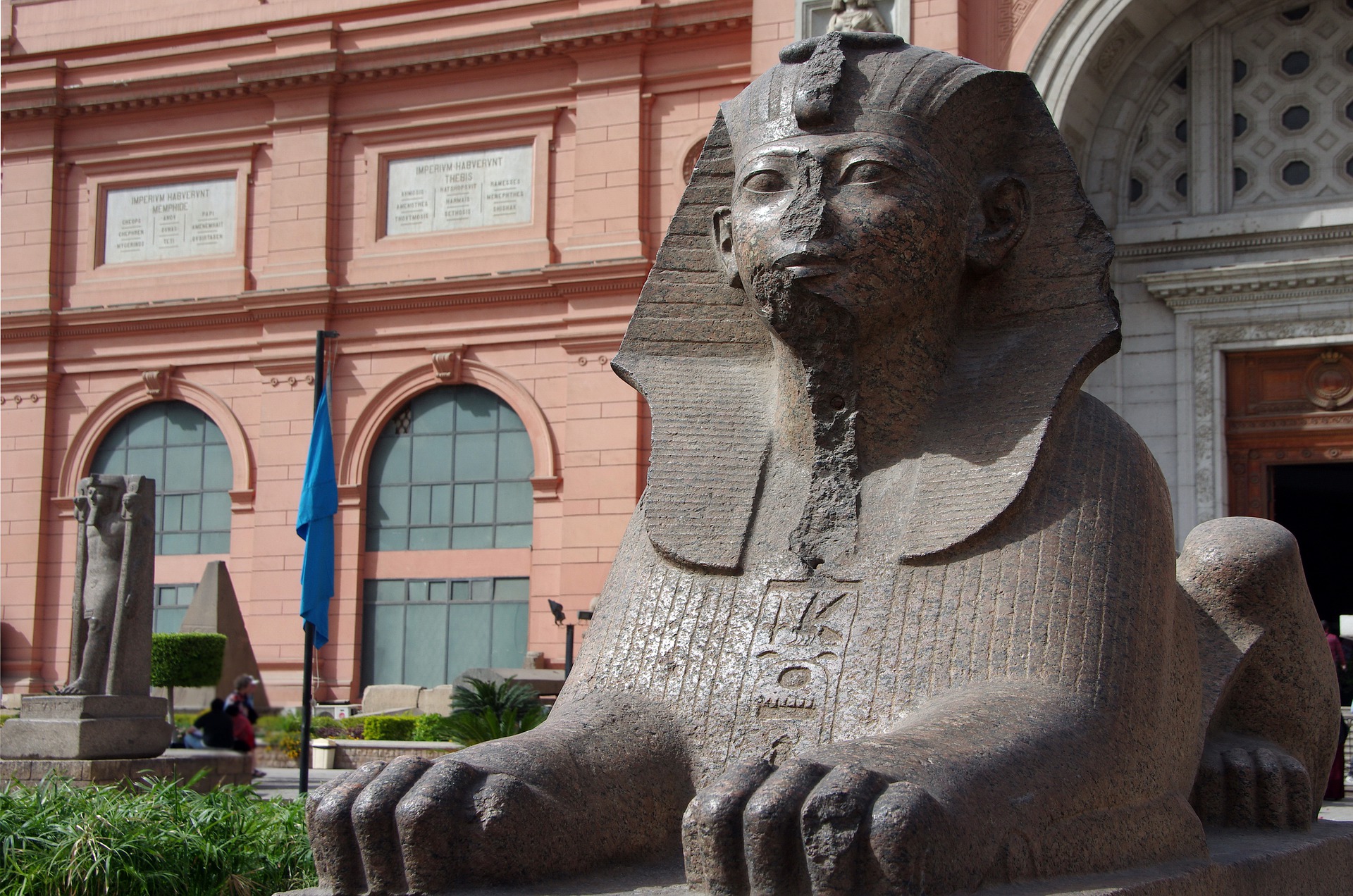Sitting prominent in Cairo’s Tahrir Square, the Egyptian Museum is a highlight of any visit to Egypt. The museum contains over 120,000 items related to the nation’s ancient past, from the mundane to the elaborate gold masks worn by entombed pharaohs.
One of the key struggles for the early nation of Egypt was wresting control of its own ancient sites and relics from the European-led teams that had explored, cataloged, and exported them for their own museums and private collections. The nation gained nominal independence from the British Empire in 1922, but it would not be fully free until 1953. The Egyptian Museum, first founded in 1835 and settling at its current destination in 1902, was part of that transition. Egyptians effectively took control over their own heritage, founding their own archaeological traditions that are still going strong today. Their latest major find occurred in 2019. The Egyptian Museum is thus not only an important storehouse of a great civilization, but also a symbol of Egypt’s emergence from colonialism.
This video from the Library of Congress takes us on a tour through the Egyptian Museum while also giving glimpses into its outreach programs and policies.
About TOTA
TOTA.world provides cultural information and sharing across the world to help you explore your Family’s Cultural History and create deep connections with the lives and cultures of your ancestors.


